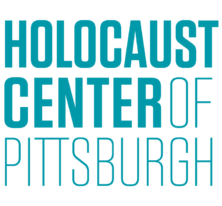Liberation
In July 1944, the first concentration camp, Majdanek, was liberated by Soviet troops. Six months later, on January 27, 1945, Soviet troops liberated Auschwitz, the largest Nazi killing center and concentration camp complex. In the following months, allied units continued to liberate camps across occupied Europe before Germany’s ultimate surrender in May 1945.
According to the United States Holocaust Memorial Museum:
“Liberators confronted unspeakable conditions in the Nazi camps, where piles of corpses lay unburied. Only after the liberation of these camps was the full scope of Nazi horrors exposed to the world. The small percentage of inmates who survived resembled skeletons because of the demands of forced labor and the lack of food, compounded by months and years of maltreatment. Many were so weak that they could hardly move. Disease remained an ever-present danger, and many of the camps had to be burned down to prevent the spread of epidemics. Survivors of the camps faced a long and difficult road to recovery.”
